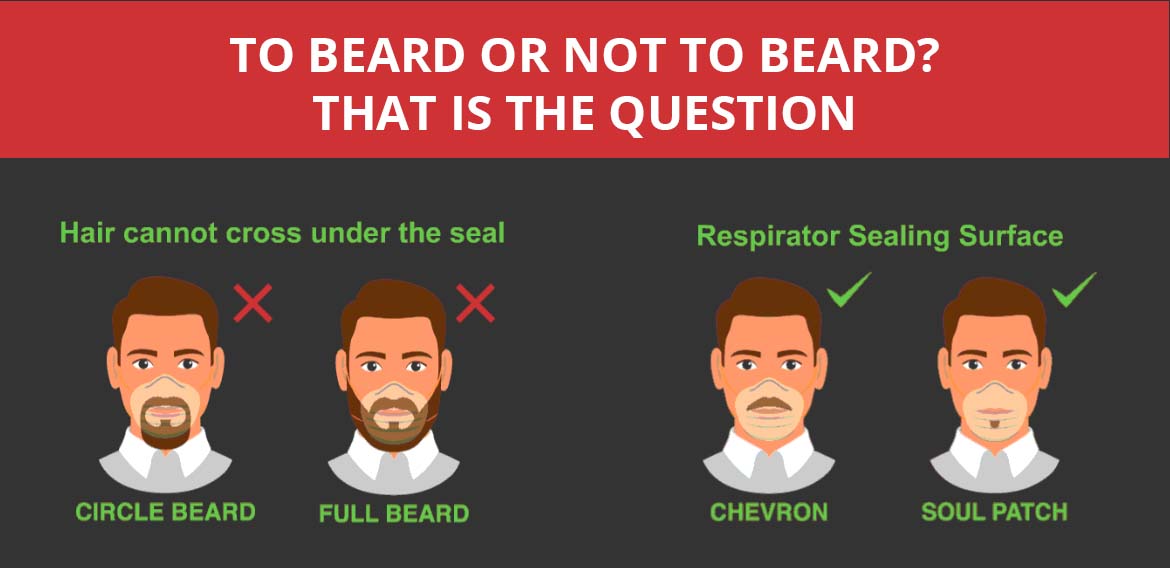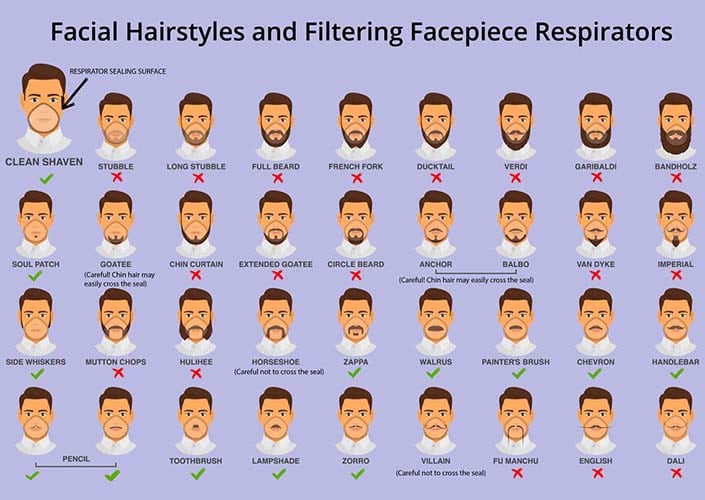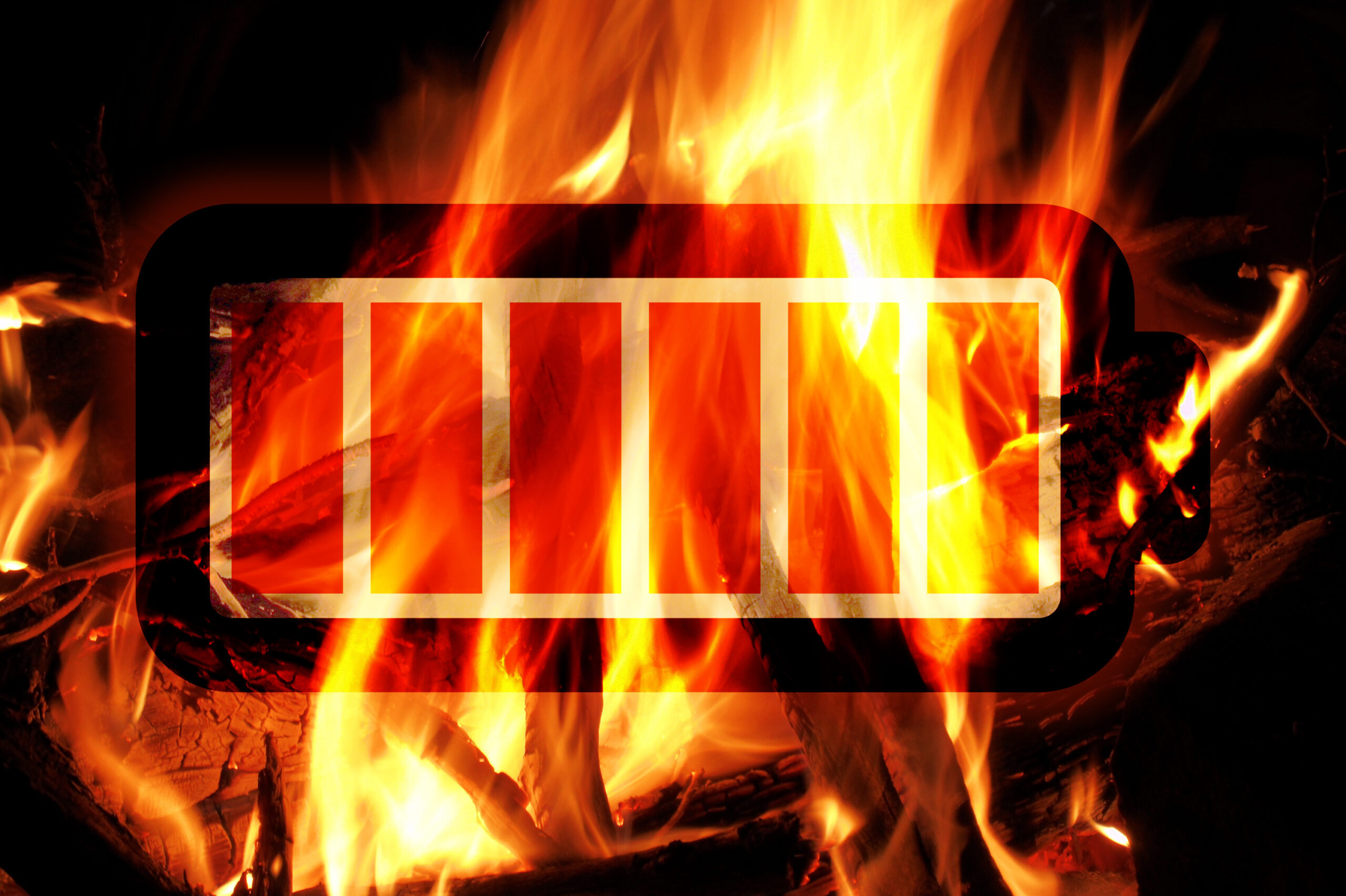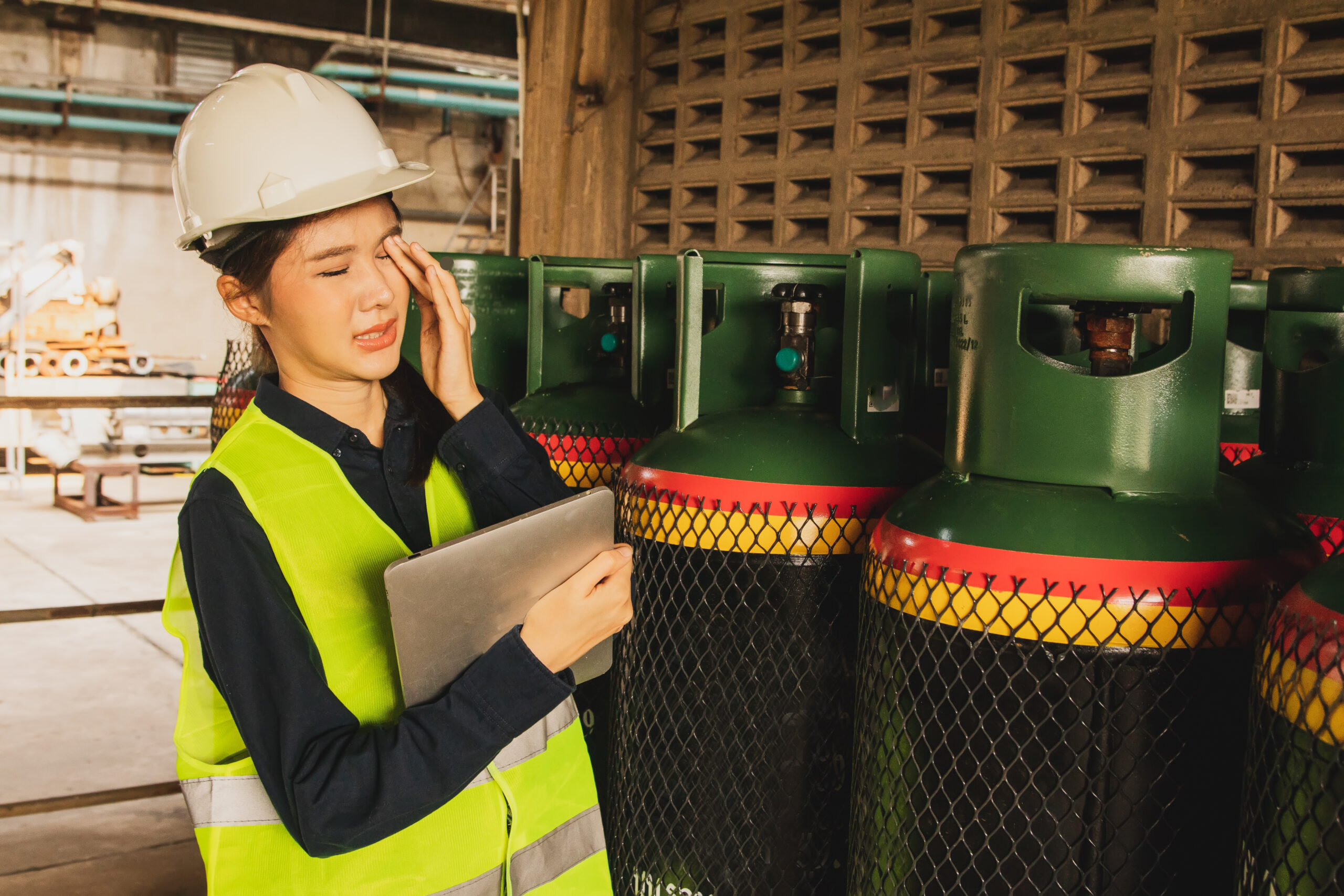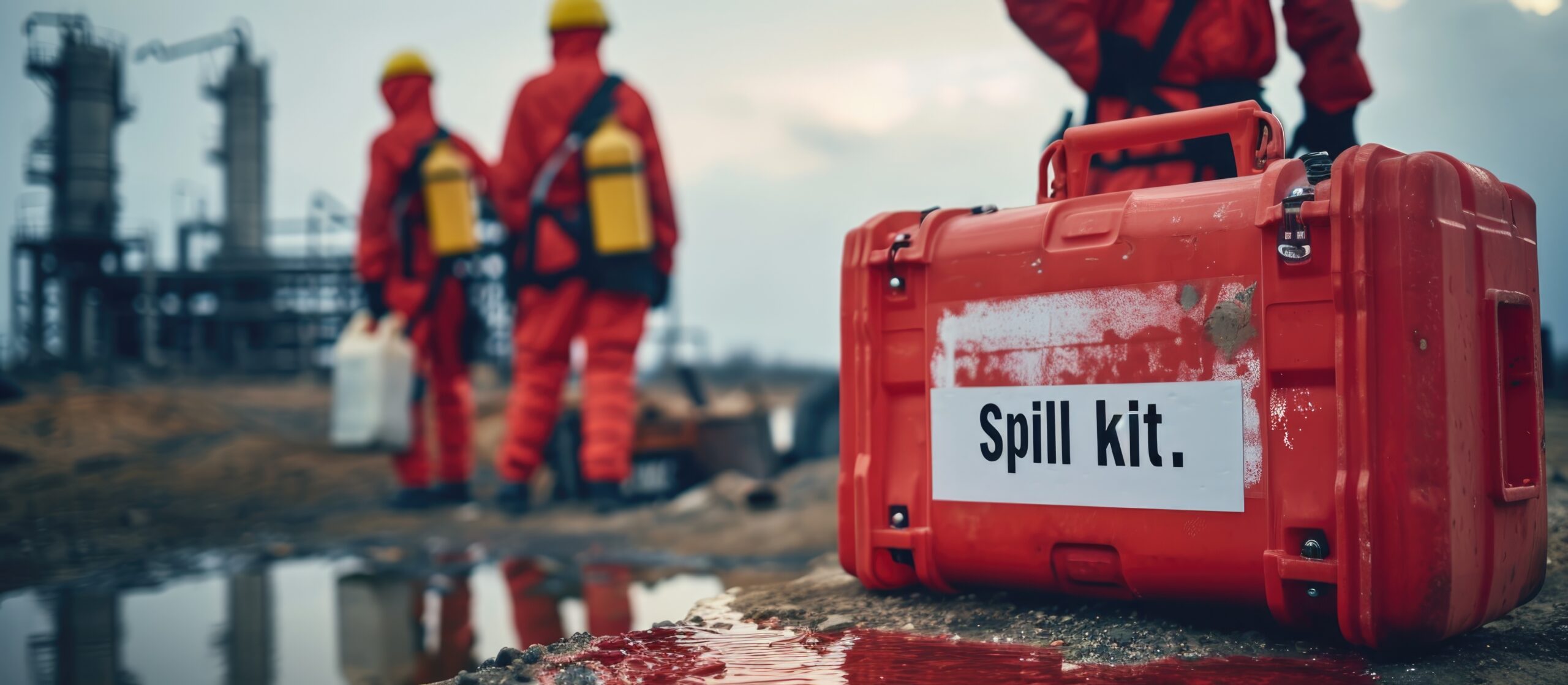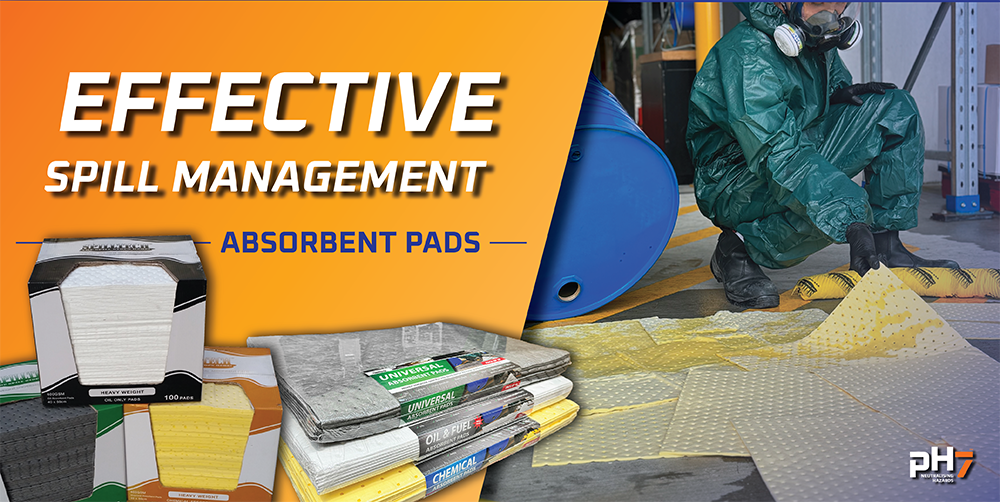Facial hair has had a long and varied history for men with changing styles and fashions through the ages. Who can forget the Abe Lincoln “Chin Curtain”, the Hulk Hogan “Handlebar” or the Tom Selleck “Walrus”? And it’s not just the Westerners getting in on the act. The “Fu Manchu” is a classic Chinese style and Spain’s Salvador Dali had his own unique moustache style called, not surprisingly, the “Dali”.

What has never changed however, is that in many cases facial hair is not compatible with wearing respiratory protection. Sure, there are some exceptions with moustaches and soul patches, but as a general rule, its best to be clean shaven when wearing a negative pressure respiratory mask.
The reason for this is quite straight forward, negative pressure respirators (i.e. disposable and reusable half and full-face respirators) work by ensuring a seal is maintained around the face and forcing any contaminated air to go through a filter before entering the wearer’s respiratory tract. If a seal cannot be achieved because facial hair is holding the mask away from the face then the wearer risks contaminants entering the mask around the sides.
A simple way to check whether you have achieved a facial seal is to don your respirator and cover the filters with your hands to prevent air passing through them. The mask should collapse inwards as you inhale if you have a good seal. If you can feel air entering around the side of the mask, then you have not achieved a good face seal.
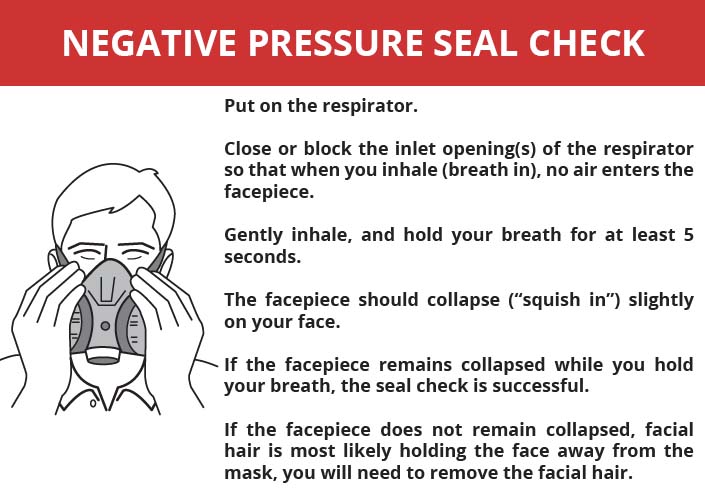
Check out this handy poster from NIOSH which illustrates which facial hair styles may be ok and which are probably not (click image to enlarge):
